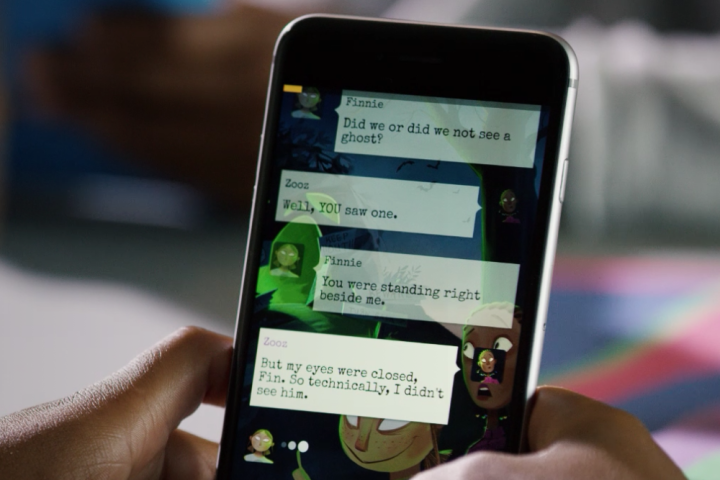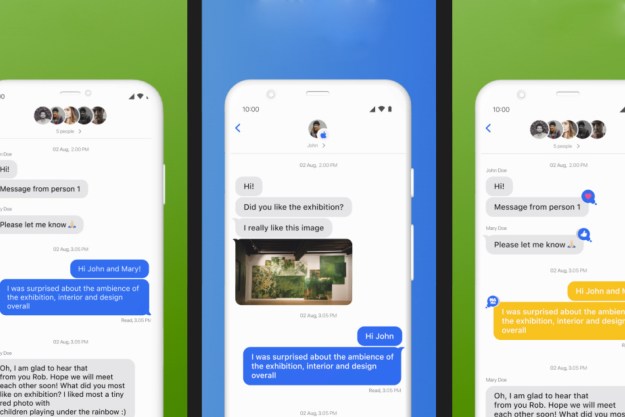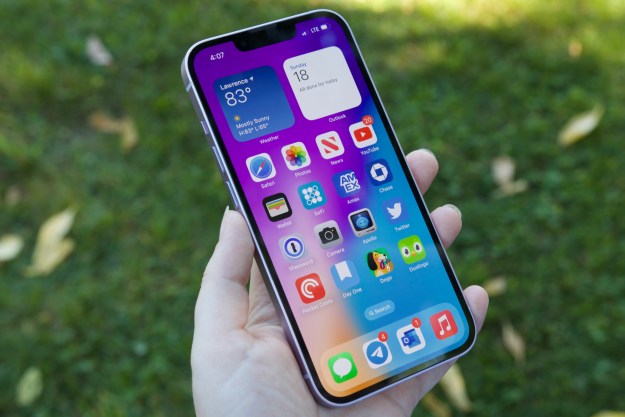
Amazon Rapids looks like a kid-themed messaging app, only the person using the device isn’t messaging anyone. The story unfurls through the characters as messages, somewhat akin to comic book dialogue. These exclusive short stories will be available on the app through a $3 monthly subscription.
“A child’s early reading experiences should be fun, enjoyable, and approachable — something they want to relive again and again. Reading should make them laugh, captivate them, and provoke their imagination,” the Rapids team says on the app’s website.
As the conversation and plot unfolds, kids can also boost their vocabulary by tapping on words to see definitions, and these can be added to a “personal glossary.” Tapping anywhere on the screen will launch the next message, and there’s also a”Read-to-Me” mode that uses a device’s text-to-speech technology to read the story for a hands-free experience.
What’s neat is a family only needs to plump for one subscription — it will work on multiple devices at the same time, which is perfect if you have more than one child in the household.
Amazon is promising that every month it will add more content to its catalog, which already is filled with “hundreds of original stories.” There’s a 14-day free trial, and the app is available now, geared toward kids aged 7 to 12. You can grab it on the App Store, the Google Play Store, and on Amazon.
Editors' Recommendations
- Google Messages vs. Samsung Messages: Which app should you use?
- This app put iMessage on my Android phone — and it blew me away
- One of our favorite Android phones just got its own iMessage app
- What is WhatsApp? How to use the app, tips, tricks, and more
- I review phones for a living — here are the 10 apps I can’t live without


